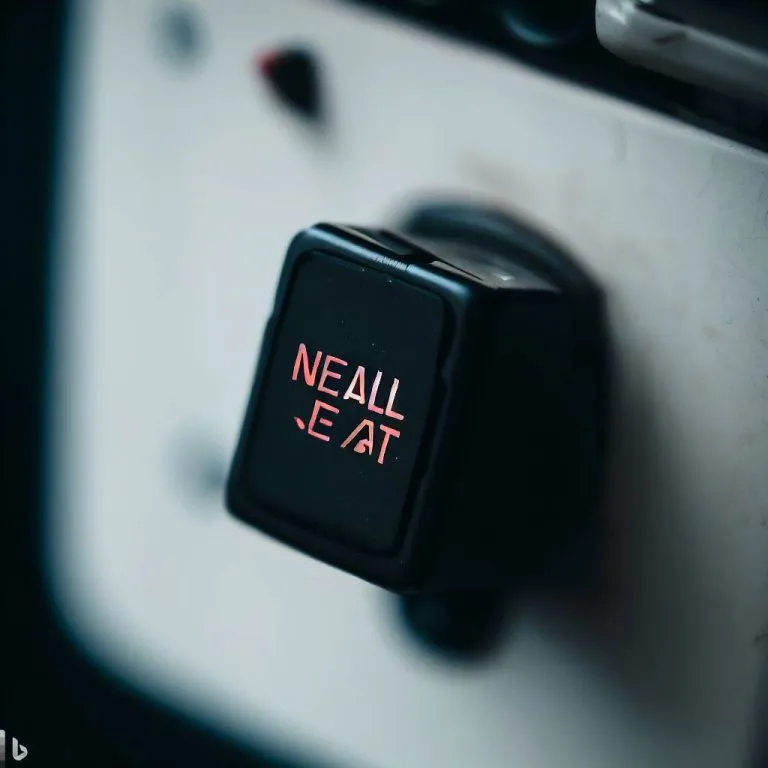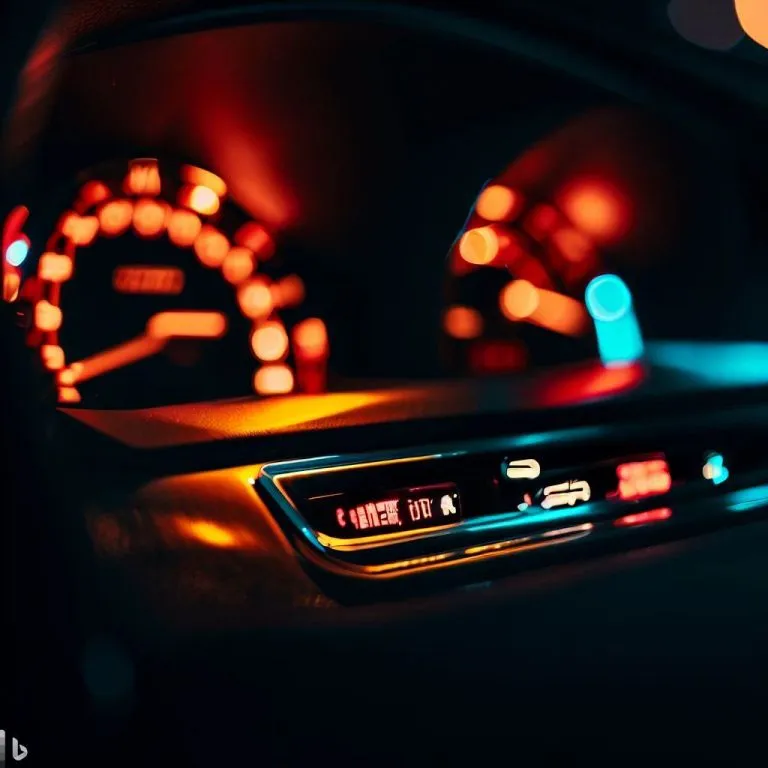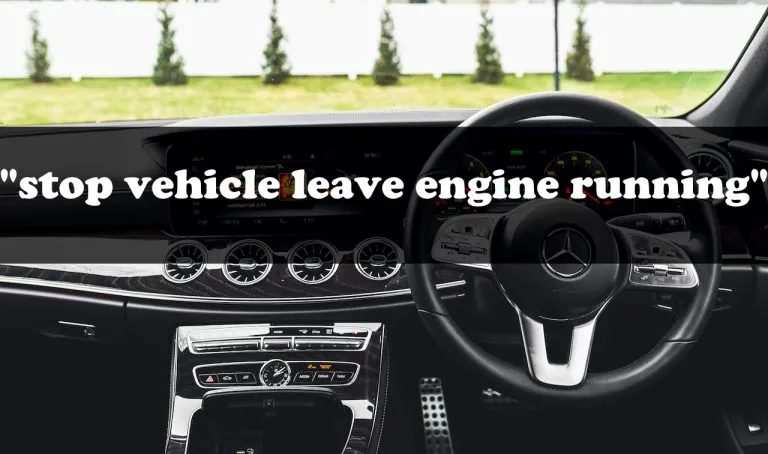Soft/Spongy brake pedal after bleeding – how to diagnose and fix it!
A soft or spongy brake pedal can be a safety hazard when driving. If you have experienced this problem after bleeding your brakes, several possible causes should be diagnosed and fixed as soon as possible.
In this article, we will discuss what could cause a soft or spongy brake pedal after bleeding, how to diagnose the problem, and what you can do to fix it.

Symptoms of a soft or spongy brake pedal:
1. The brake pedal feels lower than usual.
2. The brake pedal feels “mushy” or “spongy” when you press it.
3. It takes longer than usual to stop the vehicle.
What could cause a soft or spongy brake pedal after bleeding?
1: Air in the brake lines:
When you bleed your brakes, you are removing air from the system. If there is still air in the lines, it will compress when you press the brake pedal, causing a spongy feeling. To get rid of the air, you’ll need to bleed your brakes again.
2: Incorrect bleeding technique:
If you don’t bleed your brakes correctly, you can also end up with a soft or spongy pedal. When bleeding your brakes, be sure to pay close attention to all instructions.
3: Damaged brake caliper:
A damaged brake caliper can also cause a soft or spongy pedal. If your caliper is bent or otherwise damaged, it may not be able to apply enough pressure to the brake pads, resulting in a softer pedal feel. In this case, you’ll need to replace the caliper.
4: Faulty master cylinder:
If your master cylinder is faulty, it may not be able to generate enough pressure to engage the brakes properly. Additionally, it may make the pedal feel spongy or squishy. You’ll need to replace the master cylinder if this is the case.
5: ABS hydraulic assembly malfunctioning:
The anti-lock braking system (ABS) is a safety feature that prevents the wheels from locking up during hard braking. However, if the ABS hydraulic assembly is not functioning correctly, it can cause the brake pedal to feel soft or spongy.
The ABS pump may not generate enough pressure to engage the brakes properly. In this case, you will need to repair the ABS.
6: Damaged Brake Lines:
One of the potential causes of a soft or spongy brake pedal can be brake lines. Any damage to the brake lines can cause a loss of hydraulic pressure, making the pedal feel soft or spongy. You might sometimes be able to spot leakage at the joints or fittings. If the leak is severe enough, you may see fluid dripping from the car’s underside.
7: Old brake fluid:
Another potential cause of a soft or spongy brake pedal after bleeding can be old brake fluid. The performance of braking fluid can be decreased over time as a result of air and other debris contamination, which can also make the pedal feel spongy or mushy. It’s essential to check your brake fluid level regularly and flush it out according to your manufacturer’s recommendations.
8: Faulty Flexi Brake Hose:
Another potential cause of a soft or spongy brake pedal after bleeding can be a faulty flex brake hose. A flexible hose is a braided metal hose that connects the rigid sections of a car’s braking system. If one of these hoses is damaged or leaking, it can cause a loss of hydraulic pressure and make the pedal feel soft or spongy.
9: Worn-out brake pads:
If your vehicle’s brake pads are worn out, they may not be able to provide enough friction to stop your car correctly, resulting in a softer-than-normal brake pedal feel. You’ll need to replace your pads if they’re worn out.
How to fix a soft or spongy brake pedal after bleeding?
1: Bleed the Brakes:
If your brake pedal feels soft or spongy after bleeding, the most likely cause is air in the system. To bleed the brakes, you’ll need a helper.
Follow all the instructions below for the correct bleeding technique.
Correct bleeding technique:
There are two ways to bleed your brakes: gravity bleeding and pressure bleeding.
- Gravity bleeding uses gravity to force fluid through the system and out the bleeder valves. It is the easiest method, but it can take longer because you must wait for each bleed valve to fill up with fluid before moving on to the next one.
- Pressure bleeding uses a hand pump or power bleeder to force fluid through the system under pressure. This method is quicker but requires more equipment and someone else to help you operate the pump or bleeder.
Whichever method you choose, follow instructions carefully and bleed all four brakes until no more bubbles come out of the bleeder valves.
2: Replace damaged brake calipers:
If your brake pedal is still soft or spongy after bleeding, it could be due to a damaged brake caliper. A damaged caliper can cause fluid leaks, leading to air getting into the system and making the pedal feel spongy.
To fix this problem, you’ll need to replace the damaged caliper with a new one by following these instructions:
- Assess the damage to your brake calipers. If the caliper is severely damaged, it will need to replacement. However, if the damage is minor, you may be able to repair it.
- Clean the brake caliper with brake cleaner and a rag. Make sure to remove all debris, dirt, and grime.
- Inspect the brake pads. They will need replacement if worn down or damaged.
- Bleed the brakes with respect to the manufacturer’s instructions. It will ensure that there is no air in the system and that the brakes are working correctly.
- Test the vehicle to see if the problem is fixed.
3: Replace a faulty master cylinder:
Another possible reason for a soft or spongy brake pedal is a faulty master cylinder. The master cylinder provides hydraulic pressure to the entire braking system, so if it’s not working correctly, it can cause problems throughout the entire system.
- The first step is to inspect the master cylinder. If it looks damaged, it will need replacement. Check for leaks and make sure the reservoir is full.
- Next, you’ll need to bleed the master cylinder. It will remove any air bubbles that might be in the system. Use a bleeder kit to do this.
- If the master cylinder is damaged or leaking, it must be a replacement. You can get a new one from your local auto parts store. Follow the instructions that come with it to install it properly.
If you suspect your master cylinder is still failing, have it inspected by a professional mechanic who can diagnose and repair any issues.
4: Fixing Damaged/leaked brake lines:
Leasing your brake line will need to be fixed before you can bleed the brakes properly.
If you want to fix it on your own, follow the instructions below to fix it:
- The first step is to inspect the brake lines for any damage or leaks. If you see any cracks, holes, or leaks in the brake lines, they will need to be replaced.
- If the brake lines are damaged or leaking, they must be replaced. You can purchase new brake lines from your local auto parts store.
- Once the new brake lines are installed, you will need to bleed the brakes to remove any air from the system. It can be done by yourself or by a professional mechanic.
5: Replace Flexi Brake Hose:
If your vehicle has Flexi hoses fitted between steel pipes, they may also be causing your problem as they often collapse internally, rendering them useless, especially if they are old.
Since they are often visible, running parallel to one another, checking them is simple. Just follow them from where they connect to a solid object until they vanish into another junction. You likely have an issue if they ever seem flattened or kinked. You’ll need some new hoses – part numbers should be stamped on existing hoses.
- Make sure you get ones with metal ferrules on each end for attaching to pipework (some cheap pattern parts don’t come with these).
- To refit, unscrew old hoses from junctions, screw on new ones using some copper grease on threads (makes future removal easier, too) & retighten securely – don’t overtighten as plastic hose connectors will snap! Once bled thoroughly, recheck the operation & enjoy!
6: Replace the Brake fluid:
If your vehicle has old brake fluid, it can cause several problems, including a soft or spongy pedal. Brake fluid can collect moisture from the air over time, causing corrosion and other problems in the braking system.
It’s essential to replace your brake fluid regularly to prevent this problem.
1. Start bleeding the brakes at the furthest wheel from the master cylinder. It will help to stop air from getting into the system.
2. Loosen the bleeder screw on the caliper and depress the brake pedal slowly. A clean container should be used to collect any spilled liquid.
3. Once the pedal reaches the floor, close the bleeder screw and release the pedal. Repeat until no more air bubbles are left in the fluid pouring from the bleeder screw.
4. Once you’ve bled all four brakes, check the fluid level in the master cylinder and add more if necessary.
5. Finally, test your vehicle to ensure the brakes are working properly before taking it out on the road.
Depending on your vehicle, you may need to do this every few years. Check your owner’s manual for specific recommendations.
7: Replace the brake pads:
Replace your brake pads if they are worn out. It is a relatively simple process, but you must ensure you get the right parts and follow all instructions carefully.
1. Firstly, Remove the old brake pads. You will need to remove the retaining clip or spring holding the pad. Then, pull the pad out of its housing.
2. Clean the area around the brake pad housing with a rag or brush. It will help to ensure that the new pads seat correctly.
3. Inspect the condition of the brake rotor. It will also need to be replaced if it is excessively worn or damaged.
4. Install the new brake pads into their housing and carefully line up all the holes correctly. Then, replace the retaining clip or spring.
5. Repeat this process for each wheel that needs new brake pads.
6. Once all the pads have been replaced, bleed the brakes to remove any air from the system.
Is It Dangerous to Drive With a Spongy Brake Pedal?
As we’ve seen, a soft or spongy brake pedal can be caused by several factors. Some factors, such as air in the brake lines, can be easily fixed. However, other factors, such as a damaged brake caliper or faulty master cylinder, can be more severe and may require the help of a certified mechanic.
So, is it safe to drive with a spongy brake pedal?
The answer is no. The spongy or soft brake can be dangerous for you as your brakes might stop working at any point. Thus, it is advisable to fix the issues first and then drive.
All the above issues can cause spongy brakes; you need to fix those issues and get yourself ready to drive safely and enjoy!








